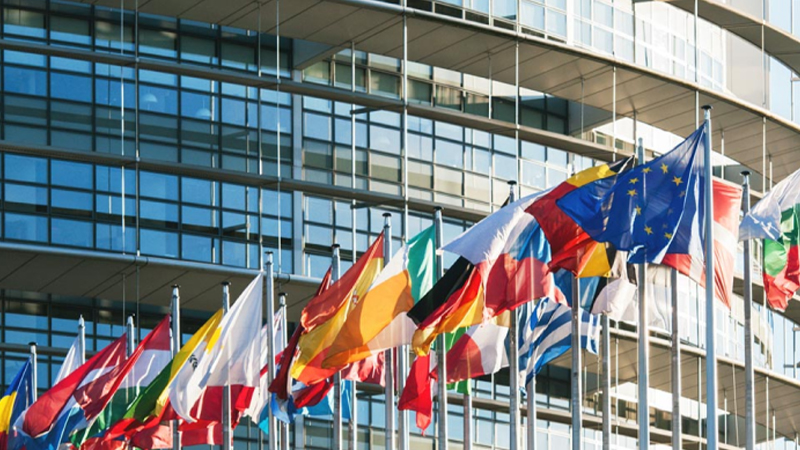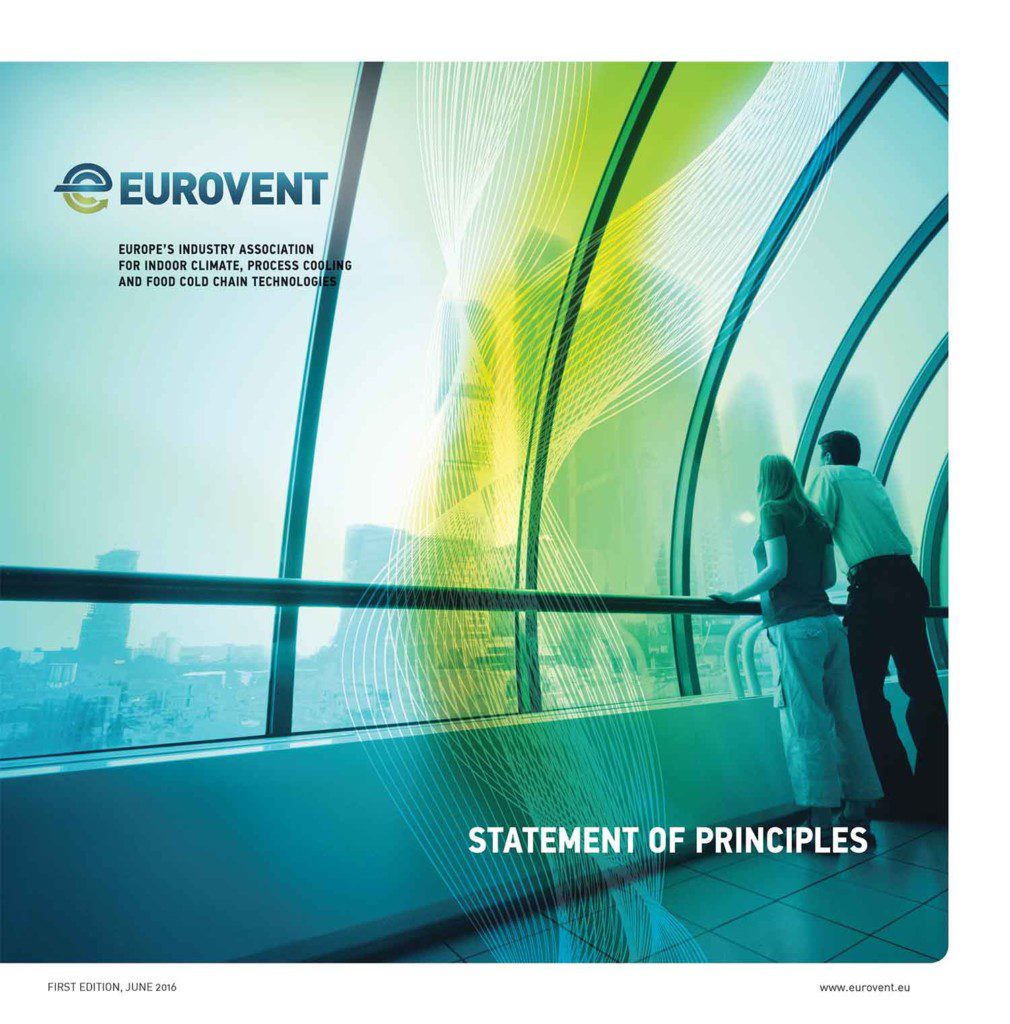About us

About us
Corporate profile
Eurovent is the voice of the European HVACR industry, representing over 100 companies directly and more than 1.000 indirectly through our 16 national associations. The majority are small and medium-sized companies that manufacture indoor climate, process cooling, and cold chain technologies across more than 350 manufacturing sites in Europe. They generate a combined annual turnover of more than 30 billion EUR and employ over 150.000 Europeans in good quality tech jobs.
Eurovent’s roots date back to 1958. Over the years, the Brussels-based organisation has become a well-respected and known stakeholder that builds bridges between the manufacturers it represents and associations, legislators, and standardisation bodies on a national, regional and international level. While Eurovent strongly supports energy-efficient and sustainable technologies, it advocates a holistic approach that also integrates health, life and work quality as well as safety aspects. Eurovent holds in-depth relations with partner associations around the globe. It is a founding member of the ICARHMA network, supporter of REHVA, and contributor to various EU and UN initiatives.
Eurovent owns two subunits. It is the majority owner of Eurovent Certification, an independent product performance certification company based in Paris, which holds the EN ISO/IEC 17065:2012 accreditation certificate – fulfilling highest independence, reliability and integrity standards. Open to any manufacturer, it is known for its globally recognised ‘Eurovent Certified Performance’ mark. Activities are complemented by Eurovent Market Intelligence, the association’s second independent unit. Its EMEA-wide data sets are frequently used to support the development of legislation in the EU and beyond.
Mission
Eurovent’s mission is to bring together HVACR technology providers to collaborate with policymakers and other stakeholders towards conditions that foster fair competition, innovation, and sustainable growth for the European HVACR industry.
Vision
Eurovent’s vision is an innovative and competitive European HVACR industry that enables sustainable development in Europe and globally, which works for people, businesses, and the environment.
Core values
At Eurovent, we have a clear mission outlining what we stand for. This mission is incorporated through core values that are reflected in our everyday work.
Democratic decision-making isn’t just a term.
Eurovent’s structure rests upon democratic decision-making procedures between its members and their representatives. In an environment of growing complexity, proliferation of activities and actors, our association provides an effective platform for the consolidation of industry positions and market information. The more than 1.000 organisations within the Eurovent network count on us to represent their needs in a fair and transparent manner. Accordingly, we strongly believe in our setup as an industry association with manufacturers directly participating in Eurovent activities, and national associations acting as horizontal guidance, mediation and national support bodies. This allows for an effective handling of issues while acknowledging wider industry views.
Diversity is an opportunity and not a burden.
Eurovent is an industry association with members from all over Europe. Covering this area brings together different climate zones and business practices. While we value and live this diversity, making use of the wide-ranging expertise resulting from it, Eurovent needs to ensure a level playing field in which manufacturers can expand their businesses. Thus, when representing markets that increasingly grow together, we see a need for strong cross-national and regional cooperation in order to effectively align policies and standards.
Focus on the members and do it well.
Eurovent’s environment is defined by its members, with manufacturers constituting its heart and the centre of attention. Within its capacities, the Eurovent Team ensures that members’ interests drive everyday work. While the association’s environment is shaped by a strong demand of legislators for energy efficiency that we generally support, our industry makes us realise that there is more to it than just efficiency. Accordingly, we advocate a holistic approach that also integrates health, life and work quality, as well as safety aspects. We support our industry in its call for a sensibly regulated market that ensures sufficient breathing space and respects industrial realities.
Why Eurovent
Ten reasons why to join Eurovent and participate in our activities:
- Make your voice heard and your expertise count by participating directly in our Product Groups, Issue Groups and Special Projects
- Shape future standards and legislation for the Indoor Climate (HVAC), Process Cooling and Food Cold Chain industry
- Profit from our more than 50-year track record in successfully working together with EU decision-makers on European legislation
- Stay ahead of the curve, steer your R&D and innovation in the direction the industry is going and timely adapt your product portfolio to the requirements of tomorrow
- Set the tone for your sector by participating in the development of highly influential Eurovent Guidebooks and Recommendations
- Use our events and meetings to promote your industry and stay in touch with key influencers, innovators and experts from all around Europe and beyond, through our international partnerships
- Gain access to our state-of-the-art online portal, which allows you to directly retrieve all the information you need on EU legislation, standardisation updates and more
Keep your finger on the pulse of the industry and stay up to date on the latest news on market trends, new technologies, and upcoming events - Benefit from the direct support of our multilingual and multidisciplinary Team that combines creativity with experience, and political savvy with engineering expertise
- Increase your visibility in the industry by becoming part of the Eurovent family and benefit from the impact of the globally recognised Eurovent brand
